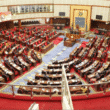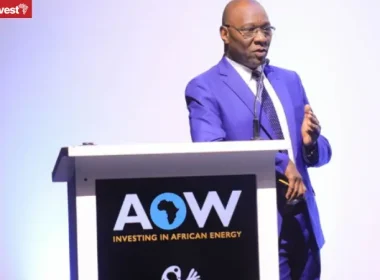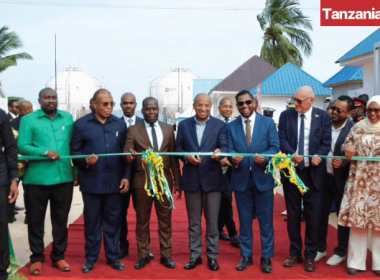LPG

However, Tanzania still has a limited LPG distribution network, particularly in rural areas.
1. Tanzania LPG Demand and Market Overview
Tanzania’s LPG market demand has experienced considerable growth over the past decade, with consumption increasing from 30,000 metric tons in 2010 to approximately 150,000 metric tons in 2021.
This growth can be attributed to several factors, including the country’s expanding economy, urbanization, and the Tanzanian government’s efforts to promote LPG as a cleaner, more sustainable energy source.
In addition, Tanzania’s strategic location on the Indian Ocean makes it an attractive hub for LPG imports and distribution within the East African region.
2. Government Policies and Initiatives
The Tanzanian government has played a crucial role in promoting the growth of the LPG sector through various policy initiatives and regulatory measures.
Key government agencies involved in the sector include:
- The Ministry of Energy: Responsible for energy policy formulation, monitoring, and regulation.
- The Energy and Water Utilities Regulatory Authority (EWURA): The primary regulatory body overseeing LPG operations, including licensing, pricing, and safety standards.
Key government initiatives include:
- The National LPG Policy (2013): A framework aimed at promoting LPG as a clean and efficient energy source for cooking and heating, reducing deforestation, and improving public health by minimizing indoor air pollution.
- Removal of Value-Added Tax (VAT) and import duties on LPG: To make LPG more affordable for consumers and encourage its adoption.
- The National LPG Strategy (2018-2030): A roadmap outlining key objectives, strategies, and targets for the development of the LPG sector in Tanzania.
3. Supply Chain and Infrastructure
Tanzania’s LPG sector is characterized by an extensive supply chain, involving various stakeholders responsible for importation, storage, distribution, and retail. Key stakeholders include:
- Importers: Companies responsible for importing LPG into Tanzania. Major importers include Oryx Energies, Lake Oil Group, and Total.
- Storage and Terminal Operators: Facilities for storing LPG, including the Kigamboni LPG Terminal, which has significantly increased the country’s storage capacity.
- Distributors and Wholesalers: Companies responsible for the transportation and distribution of LPG to retailers, such as Oryx Gas Tanzania, Lake Gas, and Total.
- Retailers: A network of retailers, including small-scale vendors and branded outlets, responsible for selling LPG cylinders and related accessories to end-users.
4. Challenges and Opportunities
Challenges
Despite the significant growth in Tanzania’s LPG sector, there remain several challenges that need to be addressed:
- Affordability: High upfront costs for LPG equipment, particularly for low-income households, can hinder the widespread adoption of LPG.
- Safety Concerns: Insufficient public awareness about LPG safety and improper handling of LPG cylinders pose risks to public safety.
- Limited Distribution Network: Inadequate distribution infrastructure, particularly in rural areas, restricts LPG access to a significant portion of the population.
Investment Opportunities
However, these challenges also present opportunities for growth and investment:
- Expansion of LPG Distribution Network: Strengthening and expanding the distribution network can help increase LPG accessibility and uptake.
- Public Awareness Campaigns: Promoting LPG safety and awareness can drive adoption and minimize safety risks associated with its usage.
- Innovative Financing and Business Models: Developing innovative financing schemes.
Last Updated: 22nd March 2023











